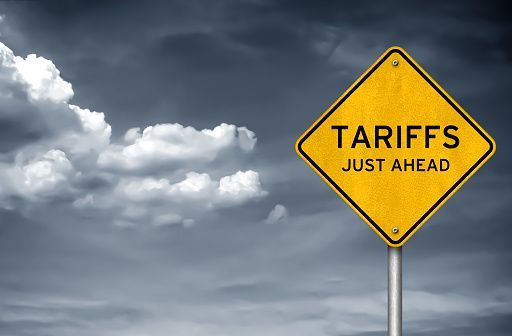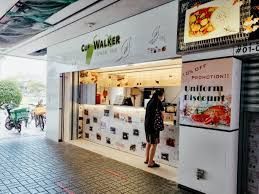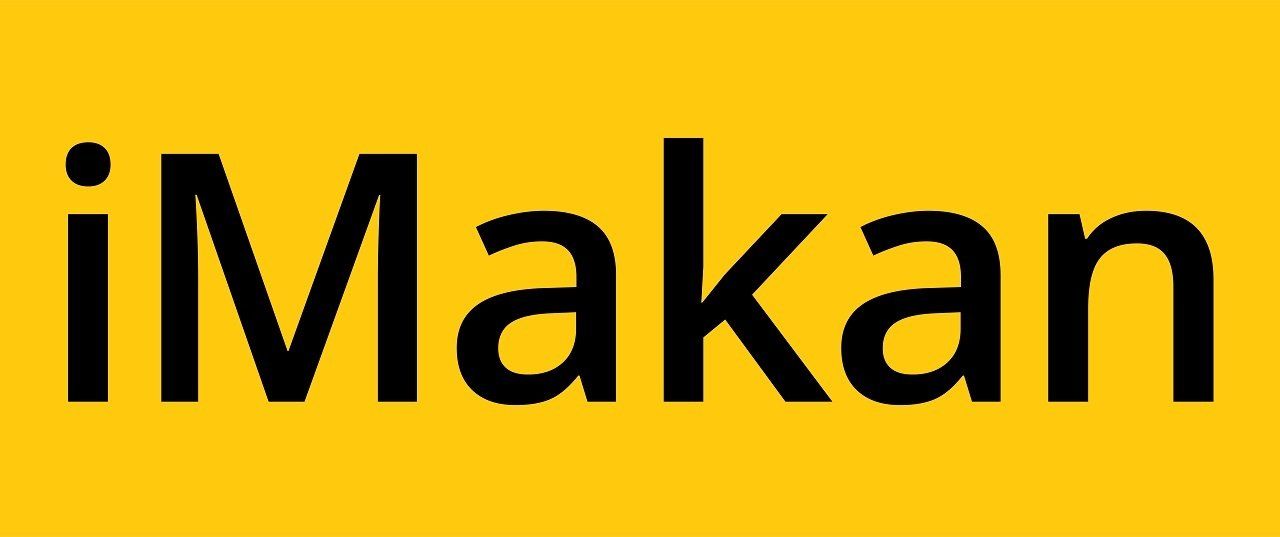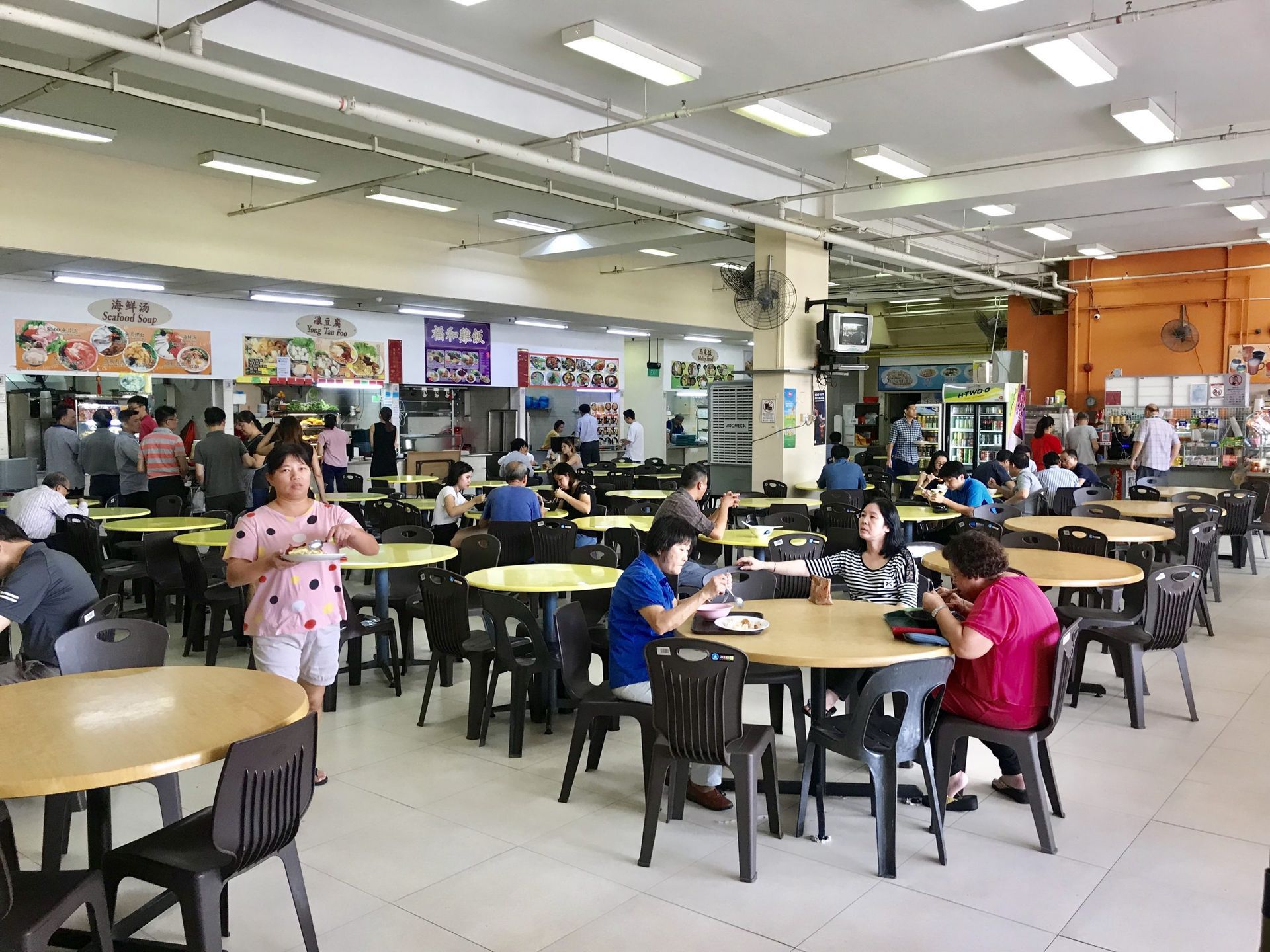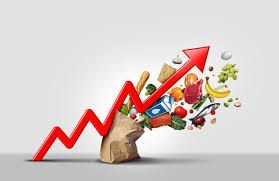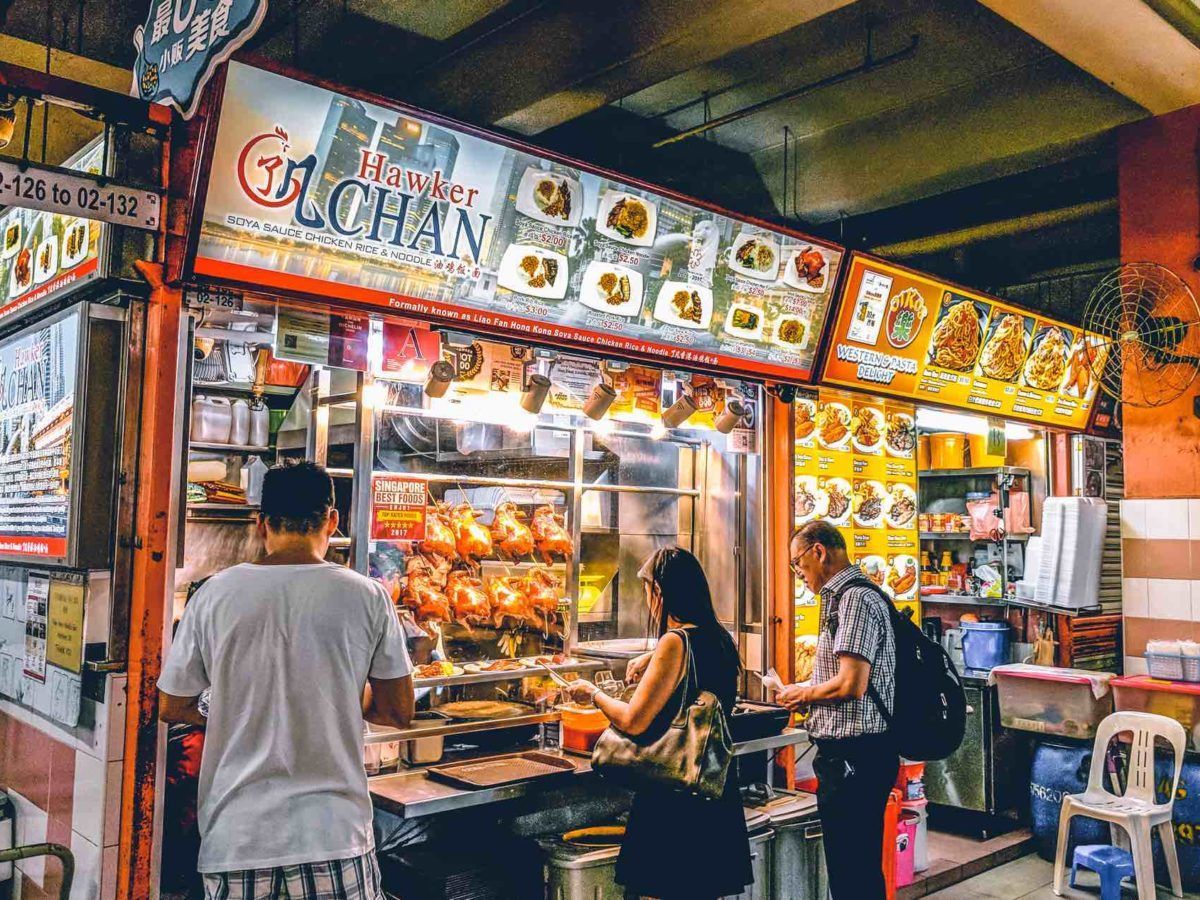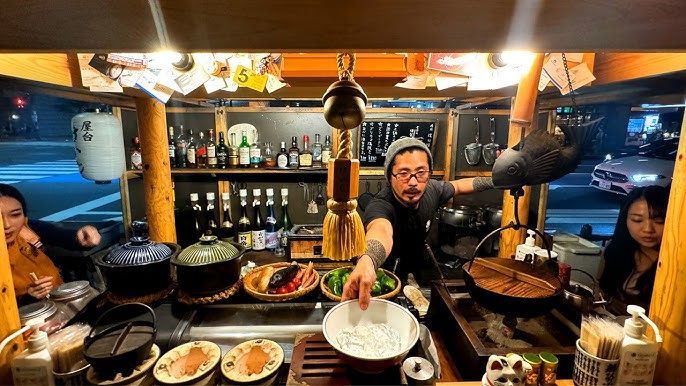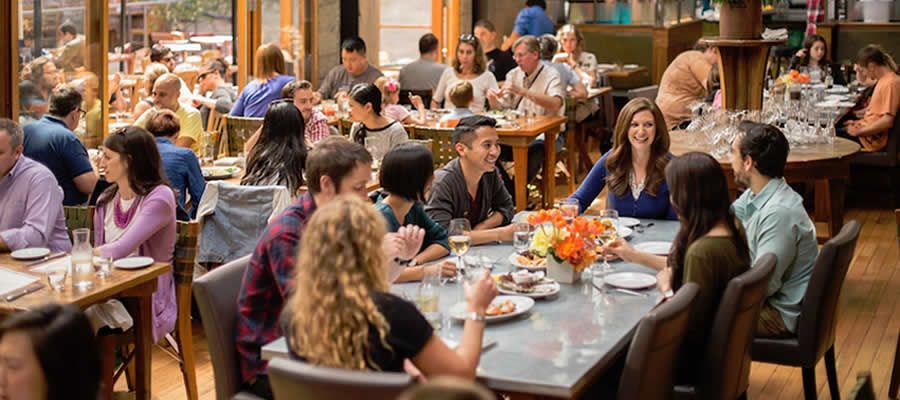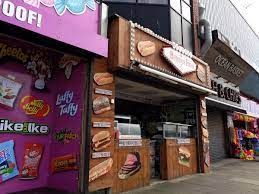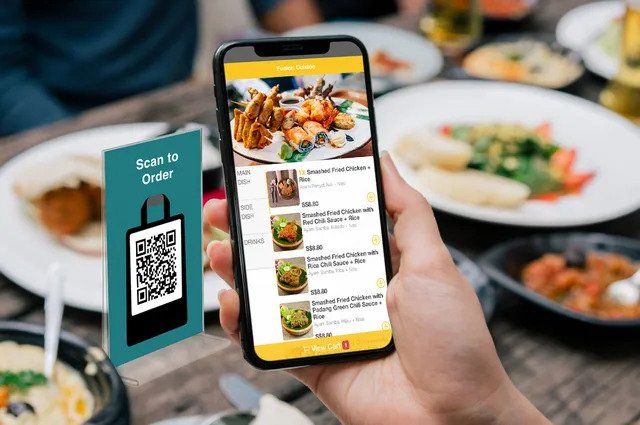The food and beverage (F&B) industry has undergone significant transformations in recent years, driven by changing consumer preferences and technological advancements. If you're considering setting up a takeaway food business, you might be weighing the options between a ghost kitchen and a food kiosk. Both models have their unique advantages and challenges. This article explores the key differences and benefits of each, helping you decide the best route for your takeaway food business.
The Rise of Ghost Kitchens
Ghost kitchens, also known as cloud kitchens or dark kitchens, are commercial cooking spaces that operate exclusively for online ordering and food delivery. They have gained immense popularity due to their cost-effectiveness and flexibility.
Advantages of Ghost Kitchens
Lower Overheads
- Without the need for a physical storefront, ghost kitchens save on rent, utilities, and front-of-house staff costs.
Flexibility
- Ghost kitchens allow you to experiment with different cuisines and menus without the constraints of a traditional restaurant setup.
Scalability
- It's easier to expand operations with ghost kitchens, as you can open additional locations without significant upfront investments.
Focus on Delivery
- Ghost kitchens are designed to optimize the delivery process, ensuring food reaches customers quickly and efficiently.
Integration with Technology
Ghost kitchens benefit greatly from technology integrations, particularly with online ordering systems and food delivery platforms like GrabFood, Deliveroo, and Foodpanda. Utilizing advanced POS system integrations can streamline operations, track sales, and manage orders effectively.
The Appeal of Food Kiosks
Food kiosks offer a different approach, providing a physical presence where customers can interact directly with your brand. They are typically smaller than traditional restaurants and are often found in high-footfall areas like shopping malls, food courts, and busy streets.
Advantages of Food Kiosks
Direct Customer Interaction
- Food kiosks allow for face-to-face interactions, enhancing customer service and building brand loyalty.
Visibility
- Having a physical presence increases brand visibility and can attract impulse buyers.
Lower Setup Costs
- Compared to full-scale restaurants, food kiosks require a smaller initial investment in terms of space and décor.
Adaptability
- Food kiosks can be set up in various locations, providing flexibility to reach different customer demographics.
Enhancing Food Kiosks with Technology
To maximize efficiency and customer experience, food kiosks can integrate several technological solutions:
Self-Ordering Kiosks
- These kiosks allow customers to place orders independently, reducing wait times and improving order accuracy.
QR Ordering
- QR ordering systems enable customers to scan a code, view the menu, and place orders from their smartphones, offering a seamless and contactless experience.
POS System Integrations
- Modern POS systems can integrate with online ordering platforms, inventory management, and customer relationship management (CRM) tools to streamline operations.
Making the Decision: Ghost Kitchen or Food Kiosk?
When deciding between a ghost kitchen and a food kiosk, consider the following factors:
Target Market
- If your target market prefers online ordering and food delivery, a ghost kitchen might be more suitable. Conversely, if you aim to capture foot traffic and build a local presence, a food kiosk could be the way to go.
Budget
- Ghost kitchens typically require lower initial investments, but food kiosks can also be cost-effective, depending on location and design.
Brand Strategy
- Consider how you want to build your brand. Ghost kitchens rely heavily on digital marketing and delivery platforms, while food kiosks benefit from physical branding and direct customer engagement.
Operational Focus
- If you prefer focusing solely on food preparation and delivery logistics, a ghost kitchen is ideal. If you enjoy customer interaction and want to create a tangible brand experience, a food kiosk is better.
Conclusion
Both ghost kitchens and food kiosks offer unique advantages for setting up a takeaway food business. Ghost kitchens excel in cost-efficiency and scalability, particularly in a delivery-focused market. On the other hand, food kiosks provide direct customer engagement and brand visibility. Integrating technologies like online ordering, self-ordering kiosks, QR ordering, and POS system integrations can enhance the efficiency and appeal of both models. Ultimately, your choice should align with your business goals, target market, and operational preferences.
If you are in the market for F&B solutions for your food kiosk or ghost kitchen such as F&B POS System, online ordering, QR ordering and self ordering kiosks, WhatsApp us or click here to send us an enquiry.
